Contents
Guide
Page List

Adult Long-billed Curlew
Best Little
B  k
k
of Birds
the
Oregon Coast
Sarah Swanson
Timber Press
Portland, Oregon
Copyright 2022 by Sarah Swanson.
All rights reserved.
Photo and illustration credits appear on .
Published in 2022
by Timber Press, Inc.
The Haseltine Building
133 S.W. Second Avenue, Suite 450
Portland, Oregon 97204-3527
timberpress.com
Text and cover design by Vincent James
eISBN: 9781643261249
A catalog record for this book is available from the Library of Congress.

To Max,
Every bird in this book
reminds me of a time
I saw it with you.
Contents

Preface
As a young birder, I gazed through my clunky old binoculars at the colorful Northern Flickers and busy Bushtits in my Portland neighborhood, relishing the feeling of discovery. I watched my first Vauxs Swifts flutter over my elementary school and fell in love with the antics of American Dippers on a fishing trip with my grandfather. Soon, though, I was ready for the broader birding horizons that I found at the Oregon Coast when my family visited each summer. Noisy Caspian Terns roosted on a sand spit, and a Green Heron waded in the shallows of the marina where we bought crab bait. Pigeon Guillemots paddled with red feet below the docks in Newport, and pushy Western Gulls waited impatiently for dropped food. Once, I locked eyes with a Wrentit peering out of the dense brush along a Cape Perpetua trail. The coast offered exciting birding encounters everywhere I lookedthe abundance and variety took my interest in birding to a new level.
But finding these new birds in my field guide wasnt always easythere were so many birds to flip through, and sometimes I would think Id figured one out, only to see that that particular bird wasnt found nearby. When the opportunity to write a bird book focused on the Oregon Coast came along, I was excited to provide a better option for those exploring the regions birds. I hope that this field guide will spark interest in the coasts fascinating bird fauna, simplify identification, and inspire birders to learn more about the challenges facing many coastal birds and the ways that we can help them.

Birding the Oregon Coast
The raucous sound of nesting seabirds hits you first, followed closely by the fishy smell. As you walk the short trail past the Yaquina Head Lighthouse, a large flat-topped rock just offshore comes into view. Common Murres are packed together, constantly jostling and screaming at one another. Birds land in a steady stream carrying fish for their fluffy nestlings as others depart to forage. On the cliff below you, a Brandts Cormorant flutters its bright blue throat patch to impress its mate. You set up your spotting scope and a quick scan of the ocean reveals a flock of Surf Scoters with their telltale bright bills. Another pass reveals a chunky Rhinoceros Auklet floating at the edge of a flock of murres. Scoping the intertidal area, you see a Black Oystercatcher pecking at a mussel bed while a small group of Harlequin Ducks roosts nearby, looking like a cluster of round rocks. The longer you stand there, the more you see. A line of Brown Pelicans flies by, shadowed by pale-headed Heermanns Gulls. Looking for lunch, a Peregrine Falcon rides the wind on pointed wings.
The appeal of the Oregon Coast as a birding destination is a combination of its natural beauty, the diverse habitats that are home to a wide array of bird species, and the expanses of public land that provide abundant access to excellent birding sites.

A Common Murre lands at its breeding colony with a fish.
Seasonal pulses of migrants fill trees with songbirds, cover bays with ducks, and pepper beaches with busily foraging sandpipers. Shorebird and songbird migrations begin each spring, and breeding songbirds and seabirds stay at the Oregon Coast all summer. Their southward migration begins in late summer, and then the cast of coastal bird species changes again. Fall brings waterfowl, sparrows, and raptors to the coast, where they brave rain and storms all winter. Migrating birds connect the Oregon Coast to distant parts of the world, from the arctic tundra breeding grounds of sandpipers, to the verdant tropical rainforests where warblers winter, to the remote South Pacific breeding islands of shearwaters.
Finding a place to enjoy coastal birds couldnt be easier. There are more than 75 state-run parks, recreation sites, scenic viewpoints, waysides, and natural areas along the coast. Many of these sites are small, but offer a view of the ocean or access to the beach. Larger parks also provide picnic areas, hiking, and camping. Federally managed public lands along the coast include wildlife refuges, forests, and the Oregon Dunes Recreation Area. The Oregon Beach Bill guarantees public access to Oregons 363 miles of beaches, so there is a lot of room to explore.
Coastal Habitats
The stunning vistas of the Oregon Coast are made up of a combination of sedimentary rocks like sandstone, that erode more quickly, and volcanic rocks like basalt, that can withstand the oceans weathering. Lava flows and eruptions have created dramatic headlands and small, rocky offshore islands that are home to many species of birds. Water interacts with the coastal geology to create a variety of habitats.
Wet, stormy winters and springs at the coast give way to drier summers. It rarely freezes along the coast, leaving lots of open water for birds. The South Coast is even warmer, and the banana belt around Brookings can reach 70 degrees in the winter. The Coast Range, mountains that run northsouth between the coast and Oregons interior valleys, gets even more rain than the coast itself, with some places receiving over 120 inches per year. This huge amount of water is channeled into the many rivers flowing out of the Coast Range, forming bays and estuaries on their way to the ocean.
The original stewards of this land and its birds were the many indigenous peoples of the region who shaped this landscape and who still reside on the land. Conservation efforts that return land to coastal tribes can play an important role in both ecological and cultural restoration.
Bays and Estuaries
Bays are created where a river has a gently sloping path to the sea and room to spread out. Bays have saltwater areas near their mouths, freshwater areas where rivers come in, and estuaries in between. Estuaries are where fresh and saltwater meet and mix. These nutrient-rich areas are home to a rich food web of plankton, worms, fish, crabs, and other creatures. The estuarine mudflats revealed at low tide may seem barren, but shorebirds like plovers, sandpipers, godwits, and dowitchers have bills that are perfect tools for extracting hidden worms and clams. Beds of eelgrass in estuaries provide food for migrating and wintering Brants. When the seas get rough in winter, bays provide a calm refuge for scoters, loons, and grebes.


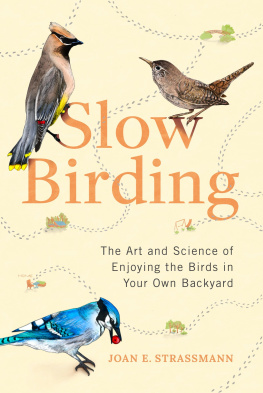
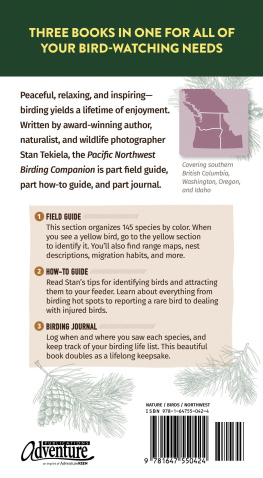
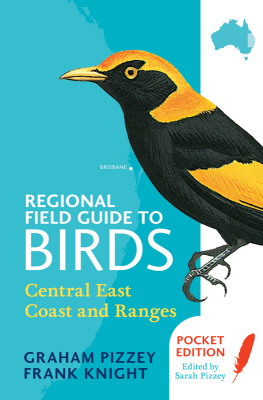
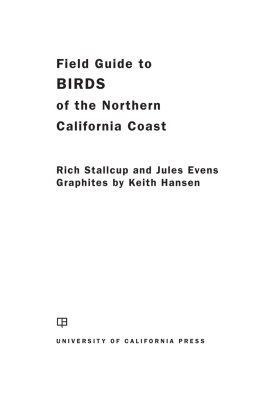
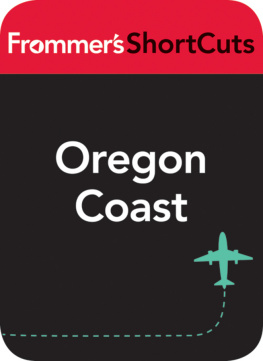

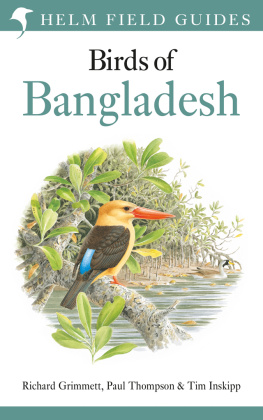


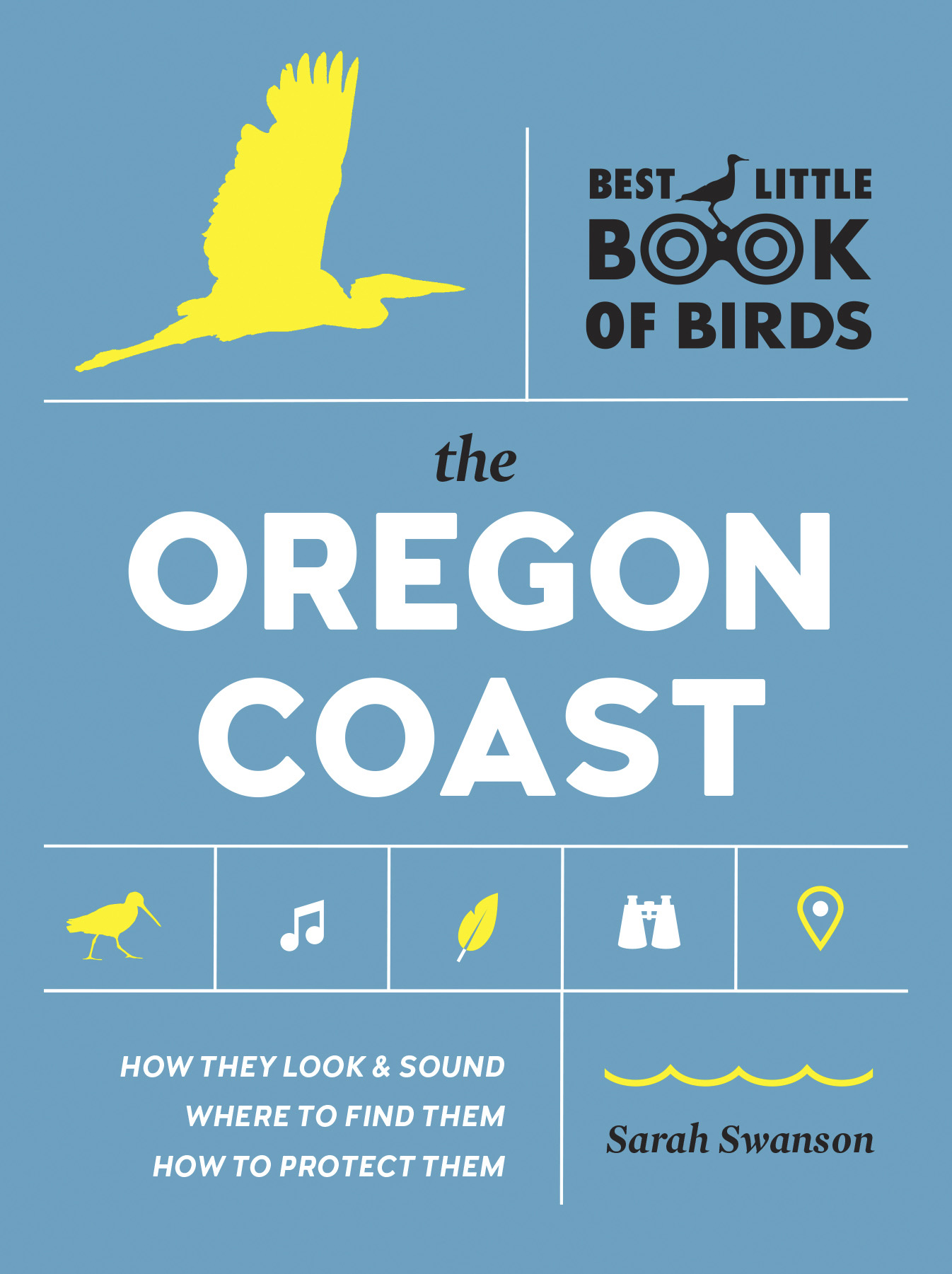

 k
k


